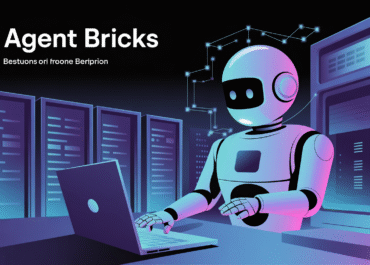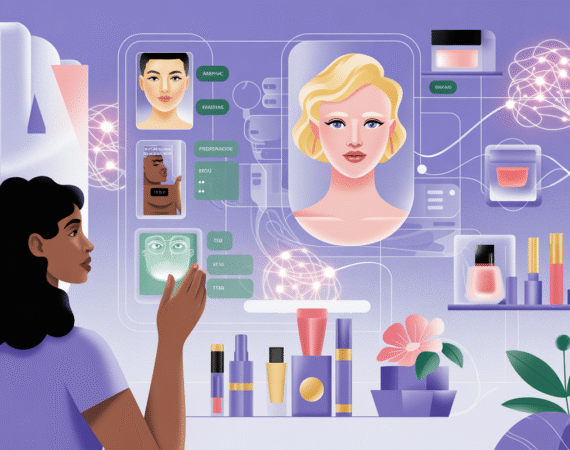Cybercriminals Weaponizing AI: The Evolving Threat Landscape
Artificial intelligence (AI) has emerged as a transformative force, promising advancements across countless industries. However, like any powerful tool, AI possesses a dual nature. While it offers immense potential for good, a darker side is rapidly emerging: its weaponization by cybercriminals.
The New Arsenal: AI-Powered Attacks
Cybercriminals are increasingly leveraging AI to significantly enhance the sophistication and scale of their malicious activities. No longer limited by manual processes, AI empowers them to automate and optimize various facets of their attacks. This includes the creation of more evasive and potent malware, capable of adapting to defenses and exploiting zero-day vulnerabilities more effectively.
Beyond malware, AI is revolutionizing how cybercriminals conduct social engineering scams. Sophisticated AI models can analyze vast amounts of public data to craft highly personalized and convincing phishing emails, deepfake voice scams, and even video manipulations that are incredibly difficult to discern from reality. This allows for more targeted and successful attacks that prey on human psychology.
Automation, Speed, and Exploitation
One of the most significant advantages AI offers to threat actors is automation. AI can rapidly analyze network traffic, identify patterns, and pinpoint vulnerabilities in software with unprecedented speed. This accelerates the reconnaissance phase of an attack, allowing criminals to quickly discover and exploit weaknesses before organizations can patch them.
Furthermore, AI algorithms can be trained to decrypt passwords more efficiently by recognizing common patterns and employing advanced brute-force techniques. This capability, combined with AI-driven analysis of stolen data, drastically reduces the time and effort required to breach secure systems and access sensitive information.
Staying Ahead: A Proactive Defense
The weaponization of AI by cybercriminals represents a significant escalation in the ongoing digital arms race. As attacks become more automated, intelligent, and personalized, traditional security measures may prove insufficient. Organizations and individuals must adopt a proactive and adaptive defense strategy.
This includes investing in AI-driven cybersecurity solutions that can detect and respond to novel threats in real-time, continuous employee training on the latest social engineering tactics, and implementing strong multi-factor authentication across all systems. Understanding the evolving threat landscape is the first step towards building resilient cyber defenses in the age of AI.


